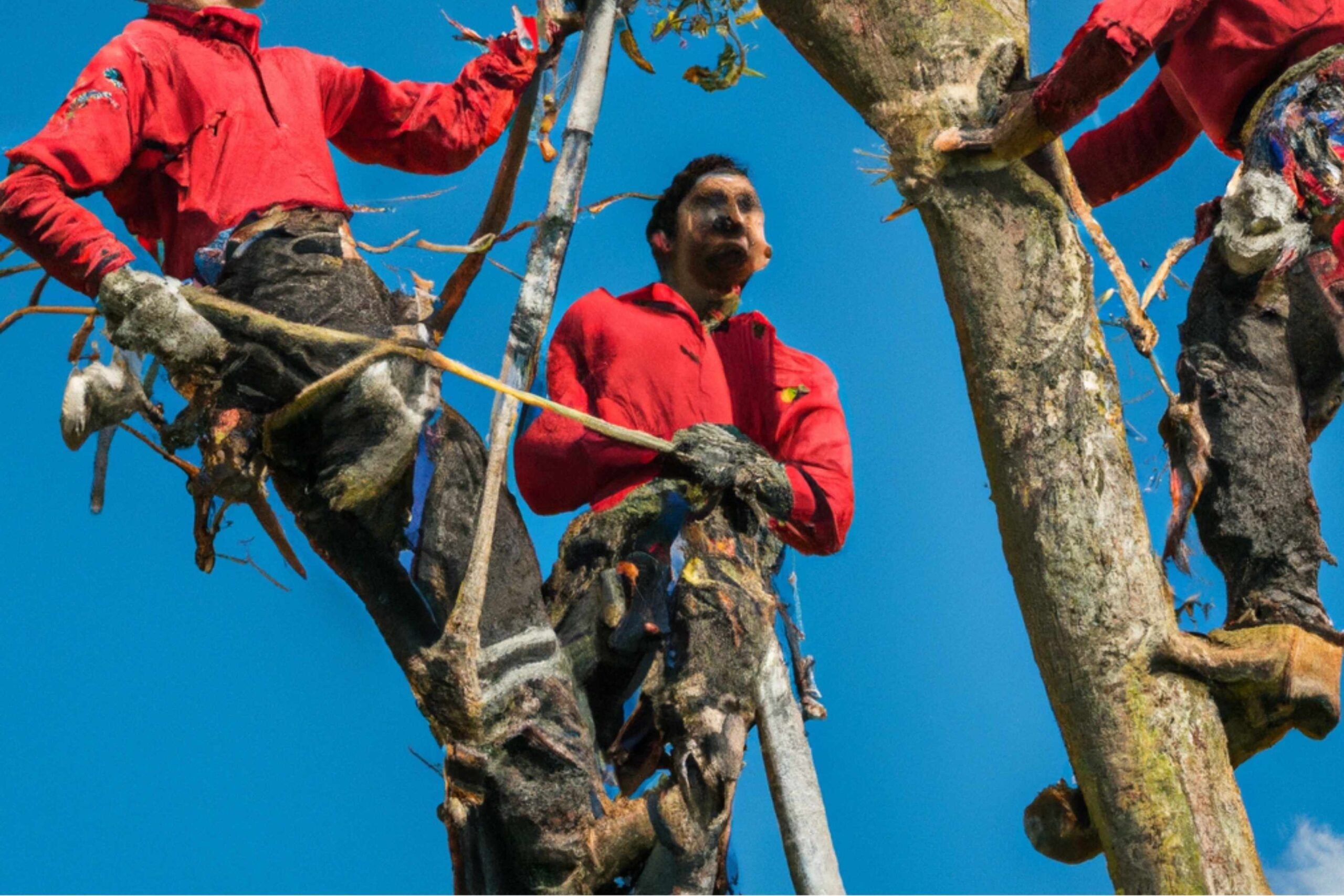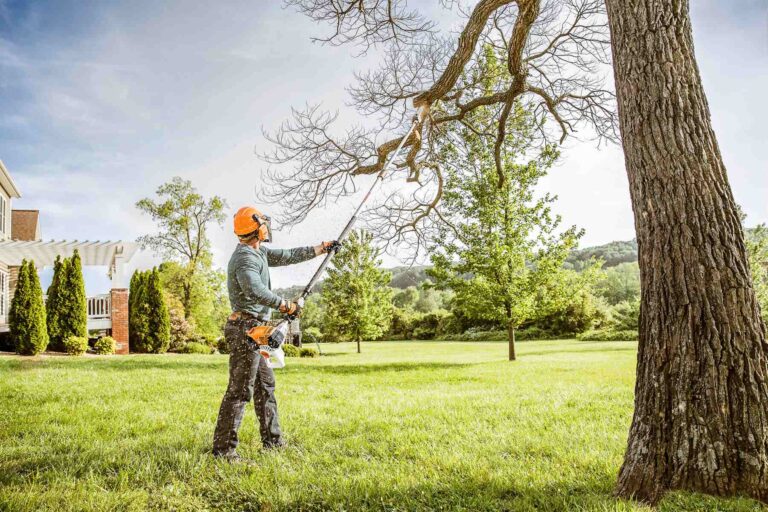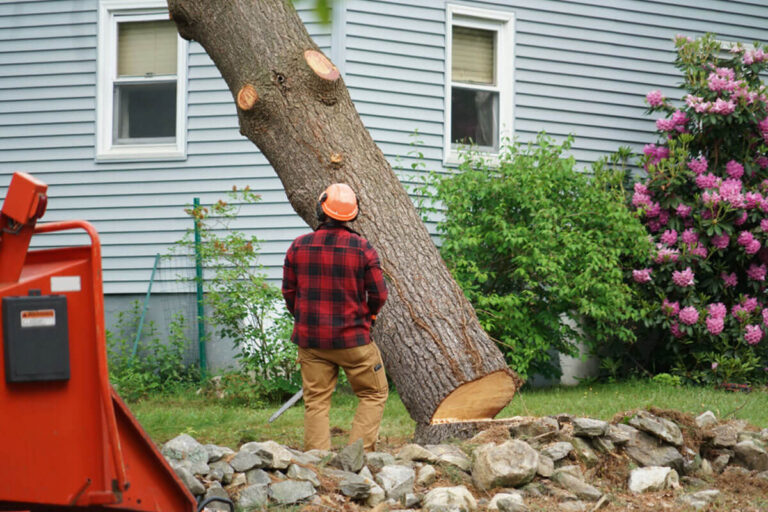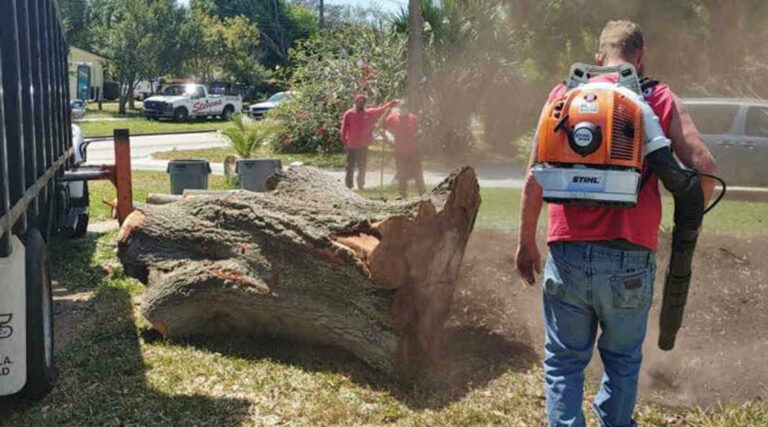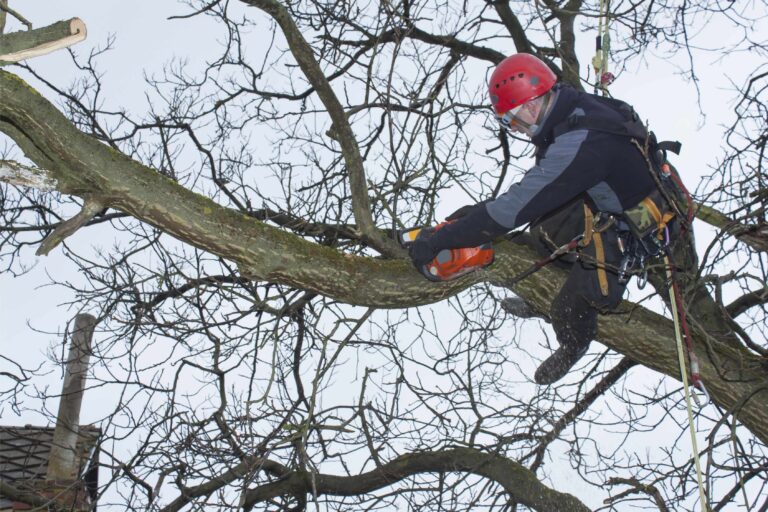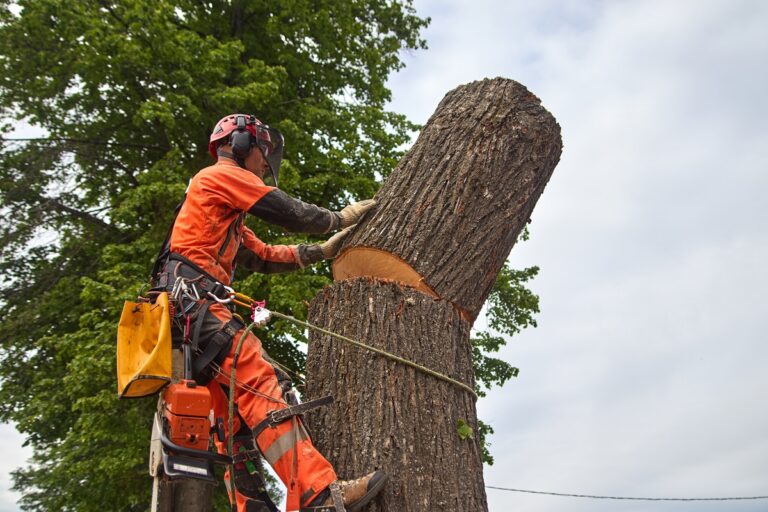Tree Pruning Tools: What Professionals Use for Perfect Results
Tree pruning is a vital aspect of maintaining the health and aesthetics of trees. Whether you have a small garden or a large commercial property, understanding the importance of tree pruning is crucial. By using the right tools, professionals can achieve perfect results and ensure the long-term health and growth of trees. In this article, we will explore the science behind tree pruning, the essential tools used by professionals, and the advanced equipment that takes tree pruning to the next level. We will also discuss the importance of using safety equipment to protect yourself during the pruning process.
Understanding the Importance of Tree Pruning
Proper tree pruning involves the selective removal of branches, stems, or roots to improve the tree’s structure and health. It is not just about cutting off limbs; it involves a scientific approach that considers the tree’s physiology and growth patterns. When done correctly, tree pruning can have numerous benefits:
- Promotes healthy growth: By removing dead or decaying branches, pruning stimulates new growth and helps the tree develop a strong structure.
- Enhances aesthetics: Pruning enhances the appearance of trees by shaping them and maintaining a balanced canopy.
- Prevents disease and pests: Removing diseased or infested branches prevents the spread of pathogens and pests throughout the tree.
- Increases sunlight penetration: Proper pruning allows more sunlight to reach the lower parts of the tree, promoting the growth of understory plants.
- Reduces risk of storm damage: Pruning removes weak or overgrown branches that can pose a risk during storms or strong winds.
The Science Behind Tree Pruning
Tree pruning is based on the fundamental understanding of how trees grow. By strategically removing branches, professionals can direct growth and encourage desired outcomes. Some key principles of tree pruning include:
- Target pruning: Aims at removing specific branches that pose a risk or hinder the tree’s growth.
- Thinning: Involves selectively removing branches to increase airflow and reduce the risk of disease and pest infestation.
- Raising the canopy: Involves removing lower branches to provide clearance for vehicles, pedestrians, or structures.
- Reduction pruning: Focuses on reducing the size of the tree while maintaining its natural shape, often used to prevent utility line interference.
- Shearing: Involves cutting hedges or shrubs to create a formal, neatly trimmed shape.
How Proper Pruning Enhances Tree Health
Proper pruning techniques can significantly improve the overall health and vigor of trees. First and foremost, it promotes the growth of new branches and foliage by removing dead, weak, or overgrown parts. By pruning, professionals also ensure that trees maintain an appropriate crown density, allowing for proper sunlight exposure and airflow. Moreover, proper pruning reduces the risk of diseases and pests, as it eliminates potential breeding grounds and allows for better disease resistance.
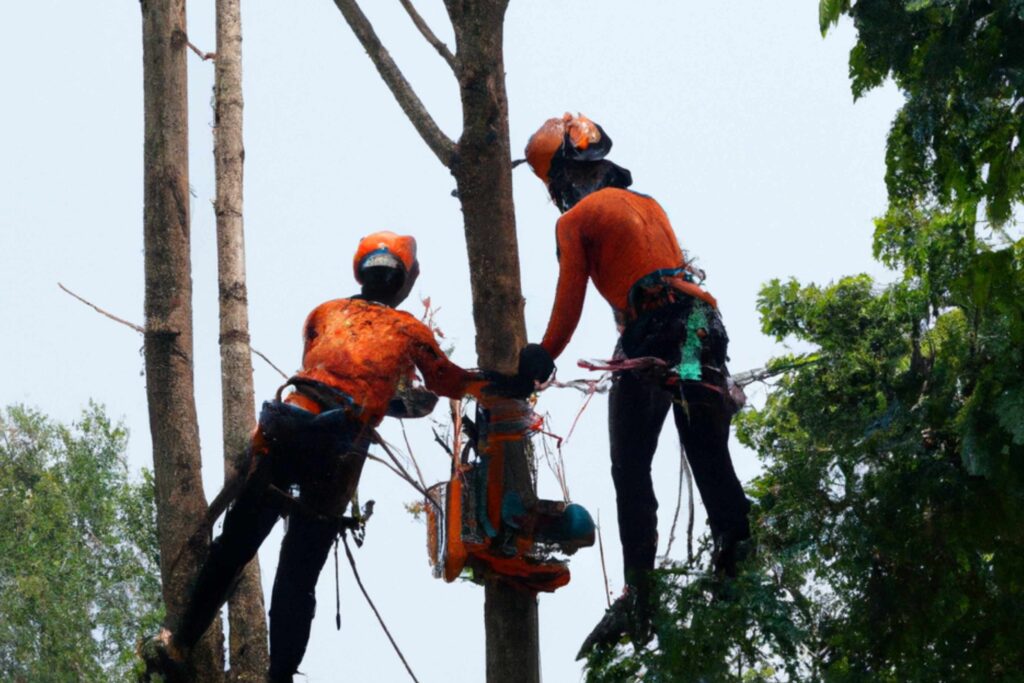
Additionally, tree pruning plays a vital role in maintaining the structural integrity of trees. Over time, trees can develop weak or poorly attached branches that are prone to breakage. By identifying and removing these hazardous branches through pruning, professionals help prevent accidents and property damage.
Furthermore, tree pruning is not a one-size-fits-all approach. Different tree species require specific pruning techniques to optimize their growth and health. Professionals take into account factors such as the tree’s growth habit, age, and overall condition when determining the best pruning methods. This tailored approach ensures that each tree receives the care it needs to thrive.
Essential Tree Pruning Tools for Professionals
Now that we understand the importance of tree pruning, let’s explore the essential tools that professionals rely on to get the job done effectively:
Tree pruning is a delicate art that requires precision and the right tools. Professionals in the field know that having the right equipment can make all the difference in achieving the desired results. Here, we will delve into the world of tree pruning tools, shedding light on their features and applications.
Hand Pruners: For Small Branches and Twigs
Hand pruners, also known as secateurs, are one of the most versatile tools for pruning. They are designed for precision cutting of small branches and twigs, up to ¾ inch in diameter. Hand pruners come in two types: bypass pruners, which have a scissor-like cutting action, and anvil pruners, which have a blade that closes against a flat surface. Bypass pruners are more popular due to their clean and precise cuts.
When it comes to pruning delicate branches or shaping shrubs, hand pruners are the go-to tool for professionals. Their compact size and sharp blades allow for intricate cuts without causing unnecessary damage to the surrounding foliage. With a firm grip and a steady hand, arborists can trim with precision, ensuring the health and aesthetics of the tree.
Loppers: For Thicker Branches
When hand pruners aren’t enough, loppers come to the rescue. These long-handled pruning tools have a greater cutting capacity, typically up to 2 inches in diameter. Loppers have long handles that provide leverage and extra reach, making them ideal for pruning thicker branches that are out of reach of hand pruners. Like hand pruners, loppers are available in bypass and anvil styles.
With their extended handles and increased cutting power, loppers are a must-have for tackling larger branches. Whether it’s removing deadwood or shaping the tree canopy, loppers allow professionals to exert the necessary force while maintaining control. The longer reach of loppers also ensures that arborists can access branches that would otherwise be out of their grasp. You can also read about Branching Out: Why Central Coast Residents Trust Our Tree Removal Expertise by visiting https://treeremovalbycir.com/branching-out-why-central-coast-residents-trust-our-tree-removal-expertise/.
Pruning Saws: For Large Branches and Trunks
Pruning saws are designed to cut through larger branches and trunks. They have a curved or straight blade with large, sharp teeth that facilitate faster and easier cutting. Pruning saws come in different sizes, and professional arborists select the appropriate length and tooth pattern based on the branch or trunk’s diameter. Some pruning saws even have a pole attachment, making them suitable for reaching higher branches.
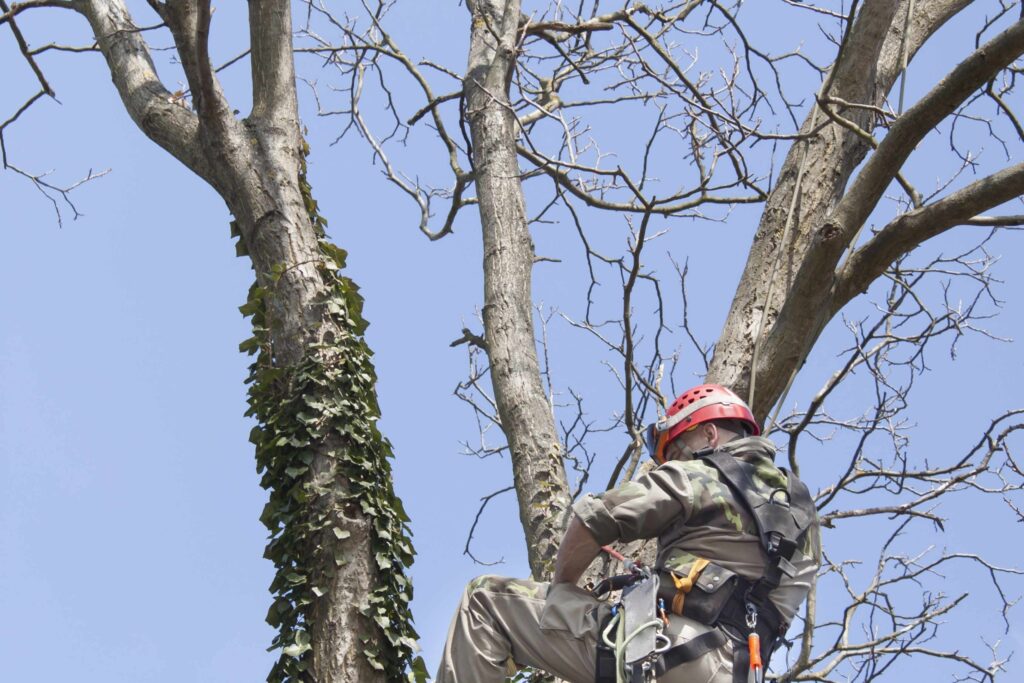
When faced with hefty branches or thick trunks, pruning saws are the tool of choice. Their aggressive teeth and sturdy blades make quick work of even the most challenging cuts. With a combination of strength and precision, arborists can confidently tackle larger pruning tasks, ensuring the tree’s health and structural integrity.
Advanced Tree Pruning Tools
While hand pruners, loppers, and pruning saws cover most pruning needs, advanced tools can make the job even more efficient and precise:
Pole Pruners: For High and Hard-to-Reach Branches
Pole pruners consist of a long pole with a pruning head at the end. They enable professionals to trim branches that are high above the ground or in tight spaces. Pole pruners come with different pruning head attachments, such as bypass pruners, saws, or hedging blades, allowing for versatility in pruning tasks.
Using a pole pruner requires skill and precision, as it involves working at heights and often in precarious positions. Professionals who specialize in tree care often undergo specific training to handle pole pruners safely and effectively. Additionally, some pole pruners come with telescopic handles that can extend to reach even higher branches, providing added convenience for arborists working on tall trees.
Hedge Shears: For Shaping and Trimming
Hedge shears are essential for shaping and trimming hedges or shrubs. Unlike other pruning tools, hedge shears have longer blades with serrated edges to create clean, straight cuts. They are specifically designed for hedge maintenance tasks that require precise shaping and uniform appearance.
When using hedge shears, it’s important to keep the blades sharp to ensure clean cuts and prevent damage to the plants. Regular maintenance of hedge shears, such as cleaning and oiling the blades, can prolong their lifespan and improve their cutting performance. Additionally, wearing protective gloves while using hedge shears can help prevent hand fatigue and blisters, especially during prolonged trimming sessions.
Chainsaws: For Heavy-Duty Pruning
Chainsaws take tree pruning to a new level, especially when dealing with large branches or tree removal. Professional arborists use chainsaws for heavy-duty pruning tasks that require more power and cutting capacity. When operating a chainsaw, it is crucial to follow safety guidelines and have proper training to ensure safety and prevent accidents.
Chainsaws come in various sizes and power options, allowing arborists to choose the most suitable tool for the job at hand. Electric chainsaws are quieter and require less maintenance, making them ideal for residential pruning tasks. On the other hand, gas-powered chainsaws offer more power and mobility, making them preferred for commercial or industrial pruning projects. Regardless of the type of chainsaw used, wearing protective gear such as goggles, ear defenders, and chainsaw chaps is essential to protect against potential hazards during pruning operations.
Safety Equipment for Tree Pruning
Tree pruning can be hazardous without proper safety equipment. Professionals should prioritize their safety by using the following protective gear:
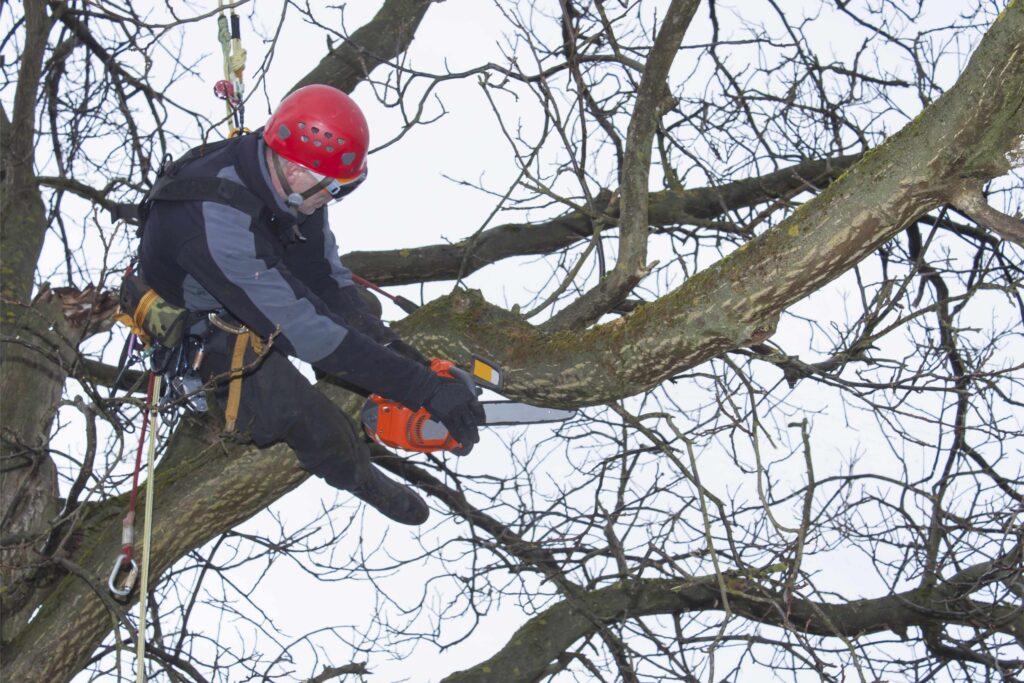
Safety Glasses: Protecting Your Eyes
When pruning trees, debris such as wood chips or twigs can easily fly into your eyes. Safety glasses with shatterproof lenses provide essential eye protection, guarding against potential injuries from flying debris.
Gloves: Safeguarding Your Hands
Quality gloves are a must-have for any professional tree pruner. They protect your hands from thorns, sharp branches, or any injuries that may occur during the pruning process. Choose gloves that are both durable and flexible to ensure maximum comfort and hand protection.
Helmets: Shielding Your Head
A sturdy helmet with a face shield or earmuffs offers protection for your head, face, and ears. Helmets provide crucial protection in case of falling branches or other potential hazards during tree pruning.
Additionally, wearing appropriate footwear is essential when engaging in tree pruning activities. Sturdy boots with good traction can prevent slips and falls, especially when working on uneven or slippery surfaces. These boots should also provide ankle support to reduce the risk of twisting or spraining your ankle while navigating through branches and debris. You can also get more information about Tree Care by clicking here.
Furthermore, using a harness and safety ropes when pruning tall trees is highly recommended. Securing yourself to the tree with a harness can prevent falls from heights, ensuring your safety while working on elevated branches. It is important to inspect the harness and ropes regularly for any signs of wear and tear to maintain their effectiveness in protecting you during tree pruning tasks.
By understanding the importance of tree pruning and using the right tools, professionals can achieve perfect results while ensuring the long-term health of trees. Remember, safety should always be a priority when pruning trees. By wearing appropriate safety equipment, professionals can protect themselves and perform their pruning tasks with confidence and efficiency.

